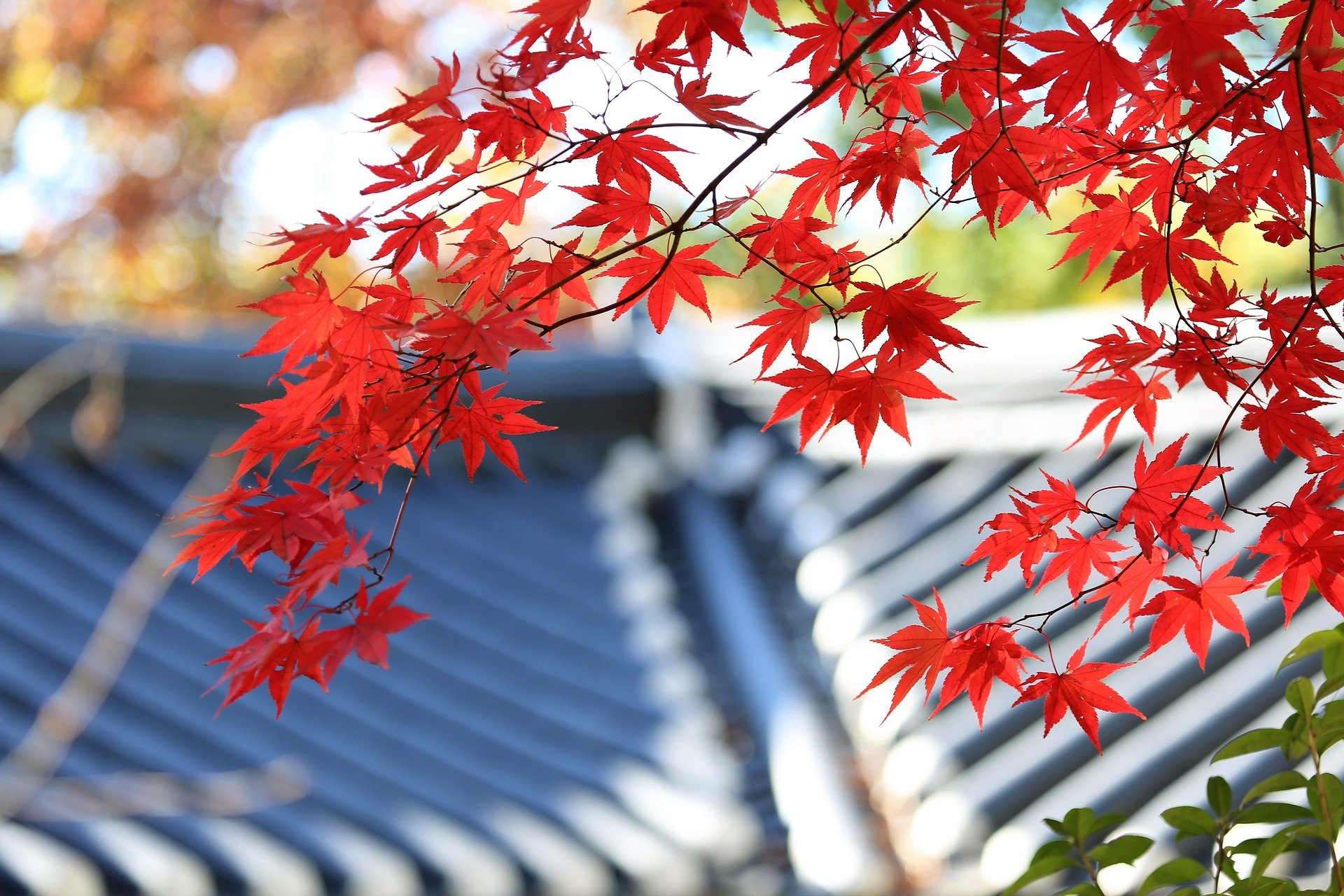Catching Leaks Before They Catch You: 6 Early Roof Repair Tips for Homeowners
Protect your home by catching roof leaks early. Discover 6 essential roof repair tips for homeowners to prevent damage and maintain a secure, leak-free roof.
Every homeowner dreads the thought of a leaky roof, especially during heavy rain. When it starts to rain, the last thing you want is to notice a stain blossoming on the ceiling or water pooling on the floor. Roof leaks can lead to significant damage, affecting not only the aesthetic appeal of your home but also its structural integrity. Fortunately, with early detection and regular maintenance, you can prevent significant leaks from occurring in the first place.
Conduct Regular Inspections
One of the easiest ways to catch roof leaks early is to conduct regular inspections. Make it a habit to inspect your roof at least twice a year, preferably in the spring and fall. Check for missing shingles, rusted flashings, and any signs of wear and tear. Pay attention to fungal growth, as it can indicate moisture buildup. Regular check-ups will help you catch issues early before they escalate into major repairs.
If uncomfortable climbing up to inspect your roof, consider hiring a professional. With the help of a specialist roof repairs company, you can ensure that your roof is thoroughly inspected and that any issues are addressed promptly. Roof experts have the proper equipment and knowledge to assess the condition of your roof safely and accurately. By addressing these small issues early on, you save yourself from costly repairs later on, ultimately prolonging your roof's lifespan.
Clear Debris
Debris, such as leaves, branches, and dirt, can trap moisture on your roof, increasing the likelihood of leaks. Regularly clear out your gutters and downspouts to ensure proper drainage. If debris builds up, it can pool on your roof during rain, undermining the integrity of your roofing materials. This buildup causes leaks and can contribute to mold and mildew growth.
In addition to maintaining your gutters, inspect valleys and any structures that may collect debris. Seasonal cleaning can be beneficial, as heavy storms can contaminate your roof. Keeping these areas tidy allows your roof to perform effectively and remain leak-free.
Examine Flashing Seals
The flashing on your roof protects vulnerable areas, such as chimneys and vents, from water damage. However, these seals can deteriorate over time due to exposure to the elements. Carefully inspect the seals around the flashing for any signs of cracking or lifting. If you notice any damage, it’s important to address it immediately to prevent leaks.
Hiring a roofing professional for reliable and effective repairs is advisable. They have the skills and tools to remove old flashing, accurately apply a new seal, and ensure a watertight finish. Keeping an eye on your flashing will go a long way in safeguarding your home from potential water damage through the roof.
Monitor Overhanging Trees
Low-hanging branches and overhanging trees can cause significant damage to your roof. Strong winds can break off branches, leading to scratches or punctures in your roofing material. Beyond the physical damage, these trees can drop leaves, impacting the cleanliness and drainage of your roof. You should trim any trees that pose a risk and remove dead branches that may fall.
Keep branches away from your roof to enhance its longevity. Additionally, consider planting trees further away from your house to minimize potential damage. Proper landscaping can create a buffer zone protecting your roof from debris.
Pay Attention to Interior Signs
Early signs of a roof leak often manifest inside the home before any visible damage occurs outside. Inspect your ceilings and walls for discoloration, water rings, or peeling paint, as these may indicate water intrusion. If you notice any of these signs, it’s crucial to investigate further to determine the source of the leak quickly. Ignoring these signs can lead to more significant damage down the line.
Many homeowners may ignore small stains, assuming they are merely cosmetic. However, these stains often signal underlying issues that require immediate attention. Consult a roofing specialist to determine if any repairs are needed, ideally before problems escalate.
Maintain Your Insulation and Ventilation
Proper insulation and ventilation play essential roles in extending your roof's lifespan. If your attic isn’t properly ventilated, heat can accumulate, leading to ice buildup during winter. Melting snow can then refreeze, causing leaks as it drains into your roofing structure. Ensure your attic has sufficient ventilation, allowing moisture to escape and preventing ice dams from forming in the first place.
Additionally, insulating your attic can help regulate temperatures within your home. Proper insulation can keep the temperatures consistent, crucial in preventing condensation that can lead to leaks. Regularly assess your attic for insulation effectiveness to maximize your roof's protection.
Addressing potential leaks before they become full-blown problems requires diligence and attention to detail. Regular inspections, debris management, and awareness of the signs of damage are key to maintaining a healthy roof. By taking these steps, you can ensure the integrity of your roof and your home for years.




























